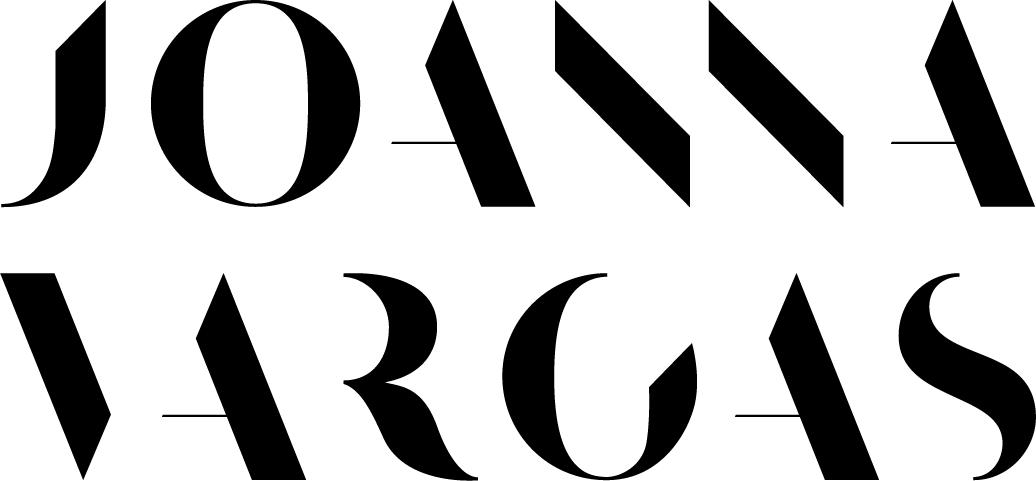What is the “right” lifestyle for you?

In the intervening years, vegetarianism has taken new flight in the U.S. and around the world with 3% of American adults identifying themselves as some degree of vegetarian.  This is amazing when you consider that vegetarians represented less than 1% of the U.S. population as recently as 1994.
This is amazing when you consider that vegetarians represented less than 1% of the U.S. population as recently as 1994.
If you have been toying with the idea of going meatless even part-time, you may be interested to know that a vegetarian lifestyle is much more than eating cheese pizza instead of pepperoni.
In fact, there are several degrees of vegetarianism that you should consider before taking the meatless leap. Here, I will outline four different vegetarian (or partial vegetarian) lifestyle choices.
-
Semi-Meatless
This is the idea promoted by the Meatless Monday campaign. Simply put, by going semi-meatless, be it for one or several days per week, you can reap several health benefits as well as have an environmental impact.
The key to this lifestyle is in the dietary choices that you make whether you eat meat on a given day or not. It’s important to remember that vegetarianism is deeply rooted in a plant-based diet (see further explanations) and is not merely substituting cheese or bread for meat. Look for “colorful” recipes that use plenty of fresh veggies and either beans or tofu as a protein source.
Going semi-meatless is an excellent option for those new to the vegetarian lifestyle since it will ensure that you are still getting adequate nutrition from meat (other diet plans need alternative sources) while allowing you to broaden your taste palate and cooking repertoire.
-
Pesco-Vegetarian
Becoming a pesco-vegetarian is the next step in this lifestyle change because you still eat fish, eggs, and dairy. The difference is now, instead of cutting out meat and poultry on a few days a week, you will cut it out completely.
The big change for a meat eater becoming a pesco-vegetarian is making sure you are careful to get adequate iron from fortified cereals and juices. Iron is generally found in red meats, though vegetables such as spinach and beets are also iron-rich. Taking a multi-vitamin and/or iron supplement may also be a good idea, and you should consult your doctor about options in this regard.
Like the semi-meatless option, those switching to a pesco-vegetarian diet should look for recipes that feature plenty of colorful veggies and always remember that steaming, grilling or broiling fish is preferable to frying.
-
Lacto-Ovo-Vegetarian
After the pesco-vegetarian comes the lacto-ovo option which now eliminates fish, but keeps eggs and dairy. This is the lifestyle typically called “vegetarian” because all flesh is eliminated from the diet.
With this change you will encounter additional dietary gaps such as iodine, vitamin B12 and Omega-3 fatty acids, which are typically found in fish. Using iodized salt and taking both B12 and Omega-3 supplements will help with these issues, and again you should consult your doctor for recommendations.
-
Vegan
The last on the list of vegetarian lifestyles if the vegan. The most extreme of the four options, vegans eat no animal products. This means, no meat, no fish, no eggs, and no dairy. This is the dietary choice that is the most difficult to institute and in many ways can be seen as religious in its adherence.
If you are considering a vegan lifestyle, all the previous tips on nutrient gaps need to be adhered to, but you also need to be very conscious of your protein consumption. In addition to the traditional use of soy-based products such as tofu and tempeh, you will need to be open to wheat protein (seitan), grains such as quinoa, as well as nuts and legumes.
You will need to inform yourself about the protein content of each of these options and ensure that you are getting all you need from a diverse plant-based diet. Veganism is very healthy if done correctly, but it is also a major effort.
I hope that you have found these definitions helpful as you continue to consider the options that you have in a new, meatless lifestyle. All of these choices are better for your health and the environment as compared to the traditional meat-eating diets that we have become accustomed to.
Research has consistently shown that the risk for cancer, diabetes and heart disease is greatly reduced when meat is eliminated even part time. So take the plunge and go meatless (at least for today!)
Reconnecting with people you haven’t seen for a long time can possibly help you with improving your lifestyle. That’s why using a people search engine from this list may help tremendeously.
]>>





